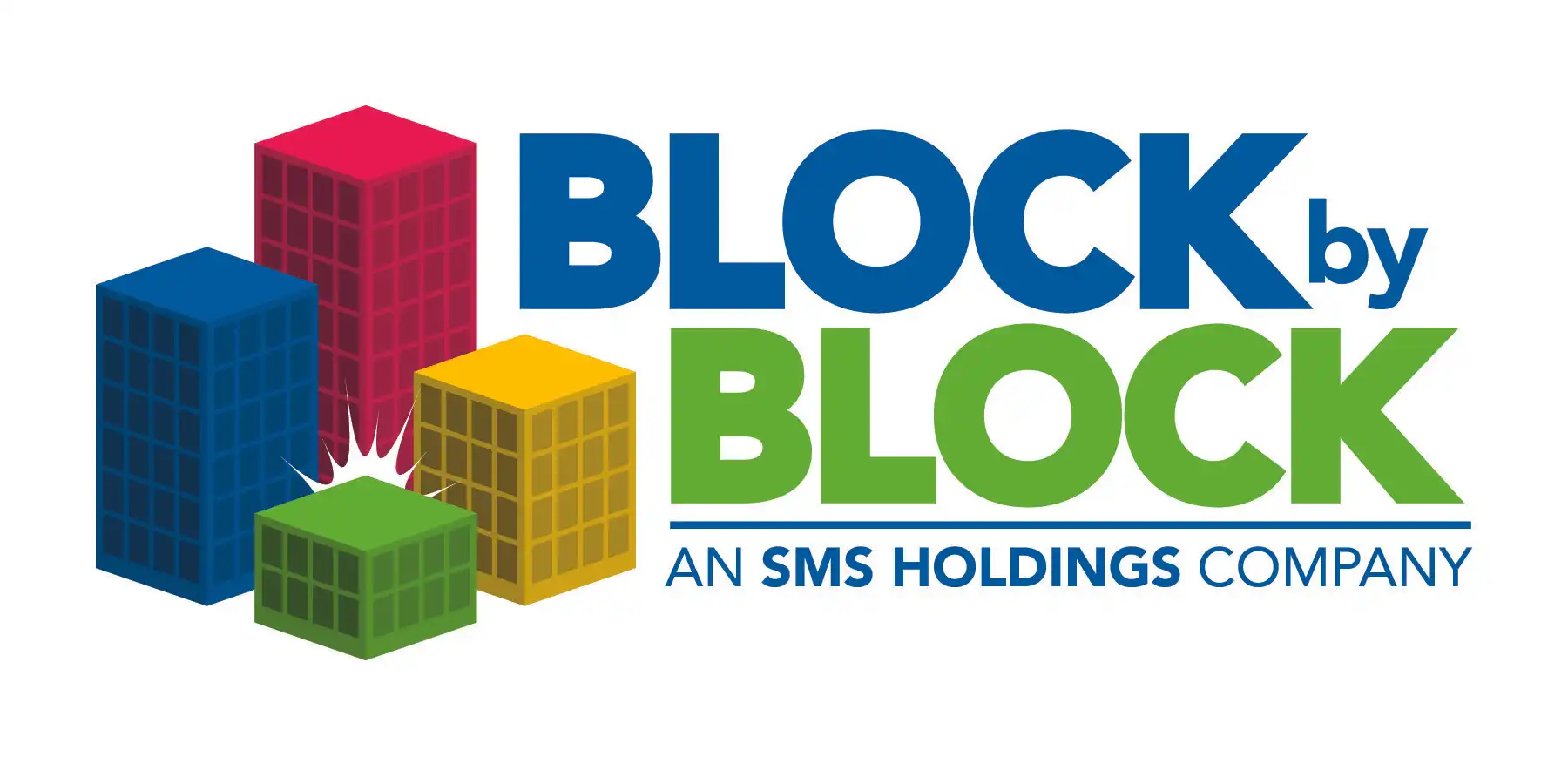Some state funding for Kīlauea recovery community grants may be needed for Hawaiʻi County projects
Last week, Hawaiʻi County informed 15 applicants from a pool of 38 that they were selected during the second round of grant awards for the Kīlauea Recovery Program.
The State of Hawaiʻi is providing a combined $20 million for general recovery needs related to the 2018 Kīlauea eruption. The grant program, as well as Puna Strong, were created as vehicles to provide community groups and nonprofits access to that funding in their revitalization and resilience efforts following the eruption. During the 124-day event, the volcano’s lava flows destroyed about 700 homes and structures, 32.5 miles of public and private roads, and 14.5 miles of water lines.
Douglas Le, the disaster recovery officer for Hawaiʻi County, which is overseeing the grant programs, said the county is looking to award $3.5 million in this second round of the Kīlauea Recovery Program. If the county sticks to that number, the two grant programs will have committed $9 million toward support of community members.
But some of the remaining $11 million for these two programs may be redirected to county projects, Le said.
In 2020 the county secured $82 million in grant agreements with FEMA to restore roads through the Department of Public Works, and it is using $6 million of a $40 million grant agreement through the Department of Water Supply to restore waterlines along with these roads.
Earlier this month, the FEMA gave Hawai‘i County a notice to proceed on the lava-inundated Pohoiki Road, Highway 137 and a water line project. The road work will reopen nine miles of roadway and fix nearly eight miles of waterlines buried under lava during the 2018 eruption. Restoration is on track to break ground in the first quarter of next year.
Le said the county has concerns about what the total bid prices will be to get the infrastructure projects into construction. As a result, whatever is left over in the $20 million in state money earmarked for local nonprofits and community groups will be redirected to pay for these county projects, he said.

A request for the list of recipients in this latest round of grant awards was not provided. Le said the county is not releasing the list until it hears back from the applicants whose grant awards are less than requested.
“Each applicant with a lower recommended funding amount is now being asked to consider whether these funds will be sufficient to complete their project and if they will accept the grant funds,” Le said.
All grant amounts over $25,000 also require authorization by resolution of the Hawai‘i County Council.
Council Member Ashley Kierkiewicz, who represents lower Puna and Pāhoa, said the county has committed to restoring infrastructure. She has asked county officials to try and plan projects within the budget that’s been allotted in order to avoid using the state grant made available to nonprofits and community organizations.
As soon as they know the budget, Kierkiewicz said: “Let’s get more money out to the community.”
Deb Smith, who applied on behalf of the community of Vacationland, was among those who did not receive a grant award. The 69-year-old said she is frustrated and desperate after the program rejected her request of $350,000 to restore roads around her home — and 20 other properties that remain in private ownership.
Now, Smith currently has to hike over more than 700 feet of cooled lava to get to her property. And to get to Four Corners, which leads to town, Smith and her 70-year-old husband Stan have to hike a total of two miles. They do so about once a week, often lugging groceries home. Most recently, the Smiths borrowed a wheelbarrow to haul a 130-pound backup generator to their home.
Residents submitted two additional applications on behalf of the community for restoration of other roads and bringing water into the subdivision. They both were denied.
While they are waiting to see who was awarded the grant money, Smith said residents of Vacationland plan to complain to the county as well as Hawaiʻi Gov. Josh Green.
“It’s not fair that they’re not helping us with the recovery,” Smith said.
Kierkiewicz said it was a misstep on the county’s part for not communicating who received an award letter, noting it breeds distrust with the government. Her hope is that the county tells applicants why they didn’t get funded or only received partial funding.
Kierkiewicz said the grant applications were more competitive this second time around.
Le said the grant applications were independently reviewed through a county staff evaluation panel to score and recommend applications for funding.
“There’s just not enough money to make everyone whole,” Kierkiewicz said. “It’s really painful because you wish you had unlimited funds to put people’s lives back together.”








